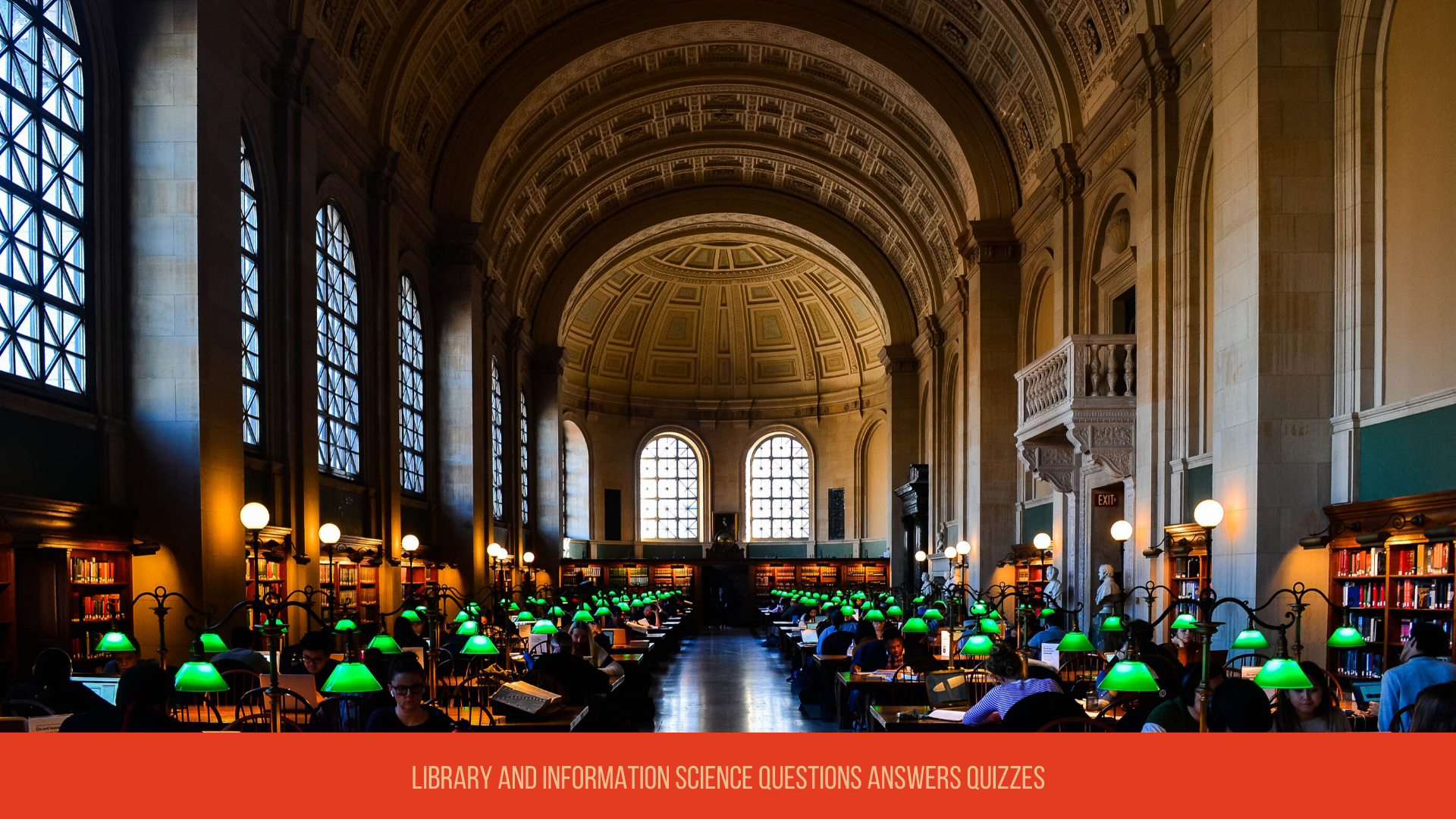QUESTION
Attributes of relationships associated with the FRBR entities Work, Expression, Manifestation, Item are the conceptual data elements underpinning
OPTIONS
(a) AACR2
(b) RDA
(c) ISBD
(d) MARC format
ANSWER
ANSWER
(a) RDA
Attributes of relationships associated with the FRBR entities Work, Expression, Manifestation, Item are the conceptual data elements underpinning RDA
Resource Description and Access (RDA)¹ is the new standard for descriptive cataloging providing data elements, instructions, and guidelines on recording the contents and formulating bibliographic metadata for description and access to information resources covering all types of content and media held in libraries and related cultural organizations, such as museums and archives. RDA is designed for the digital world. The metadata created by following RDA instructions are well formed according to international models for user-focused linked data applications that are compatible with existing records in online library catalogs and also adaptable to new and emerging database structures. RDA is the successor to Anglo-American Cataloguing Rules, second edition (AACR2), which is still the most widely used cataloging standard worldwide. Built on the foundations established by AACR2, the organization of RDA is based on international standards developed by the International Federation of Library Associations and Institutions (IFLA), such as Functional Requirements for Bibliographic Records (FRBR) and Functional Requirements for Authority Data (FRAD). The creation of RDA was the result of collaboration between representatives from the United States, Canada, Great Britain, Germany, and Australia. RDA was developed by the RDA Steering Committee (formerly the Joint Steering Committee for Development of RDA) as part of its strategic plan (2005–09) to replace AACR2. RDA was initially published in June 2010 under the title RDA Toolkit as an online resource by the American Library Association, the Canadian Library Association, and the Chartered Institute of Library and Information Professionals (CILIP). The text of RDA consists of 10 sections divided into 37 chapters, with 13 appendices, a glossary, and an index. RDA was widely implemented in 2013 by the Library of Congress, the British Library, and other major libraries.
1. Salman Haider, "Resource Description and Access," In Encyclopædia Britannica https://www.britannica.com/topic/library/Cataloging#toc336276 (accessed March 2019).
- Functional Requirements for Bibliographic Records (FRBR)
- Resource Description and Access (RDA)
- Library and Information Science Questions Answers Quizzes
REFERENCES
- Library of Congress https://www.loc.gov/catworkshop/RDA%20training%20materials/LC%20RDA%20Training/Captivate-FRBR%20Quiz%202/Quiz%202-Captivate-6-19-12.htm (accessed March 9, 2019)
FEEDBACK
- Help us improve this Library and Information Science quiz article! Contact us with your feedback. You can use the comments section below, or reach us on social media.


